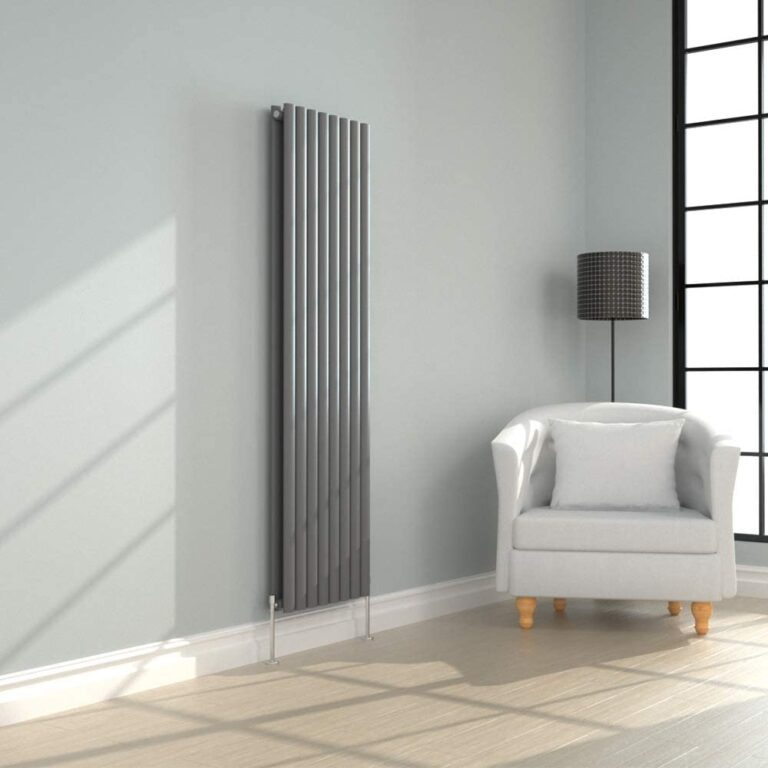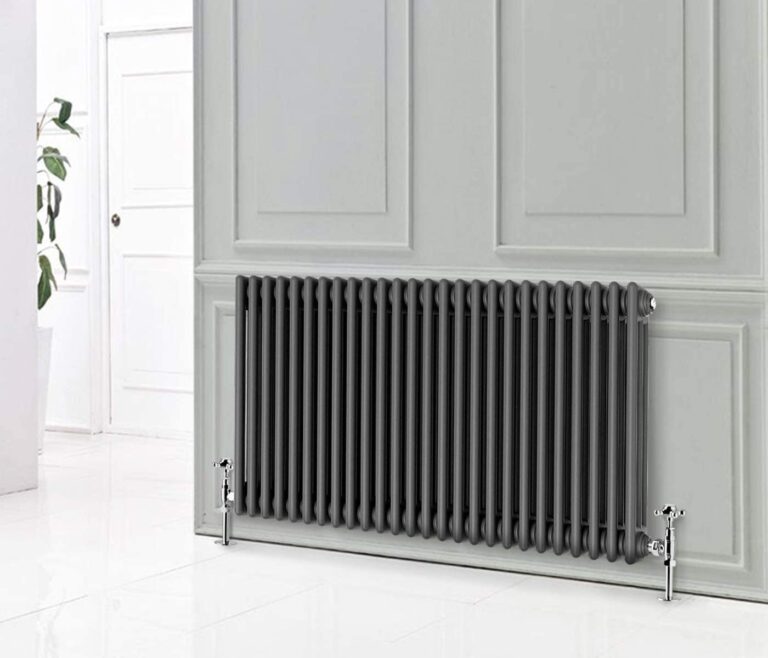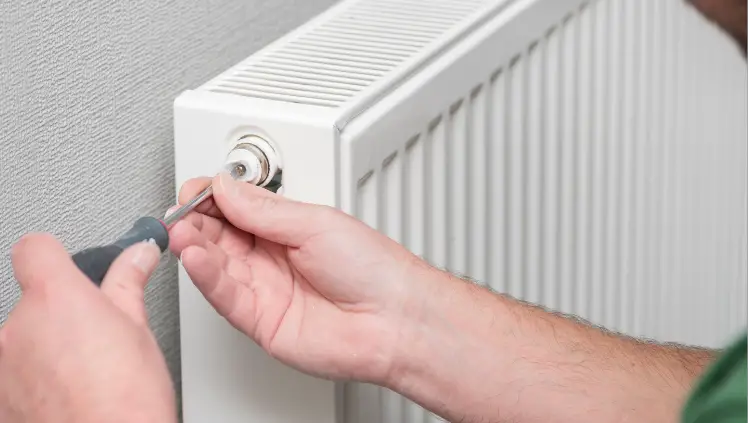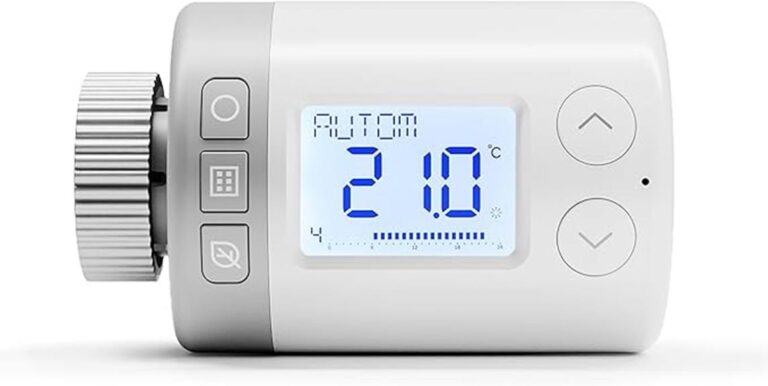Do you find yourself wondering what kind of radiator would be most suitable for your home? Or do you want to learn more about how radiators work, and the types available? If so, then this article is just what you need! I’m here as your dedicated radiator expert to explain all there is to know about them.
So let’s get started on understanding radiator types! Radiators can come in a variety of shapes and sizes; however, each one works according to certain principles…
So let’s get stuck in!
Overview Of Radiators – The Three Main Categories
Let’s start by taking a look at what makes up a typical radiator. Generally speaking, they consist of several metal fins connected together in rows along with two pipes coming out either side. These components work together to transfer heat from the heated water or steam inside the pipe into the surrounding air.
Radiators come in various sizes, shapes and styles; some are designed to provide more surface area than others which means they become hotter quicker but also cool down faster too.
When it comes to comparing radiators it is important to consider factors such as cost, energy efficiency and noise levels generated during operation. Additionally, installation should not be overlooked since this can influence both performance and longevity of any given unit. Some systems require specialised tools or skillsets while others may simply fit into existing spaces without much extra effort – do research before making your choice!
1. Central Heating Radiators
Central heating radiators are a crucial part of any central heating system. They provide warmth to a space by transferring heat from the hot water running through them. There are several types of central heating radiators available, all offering different levels of efficiency and comfort.
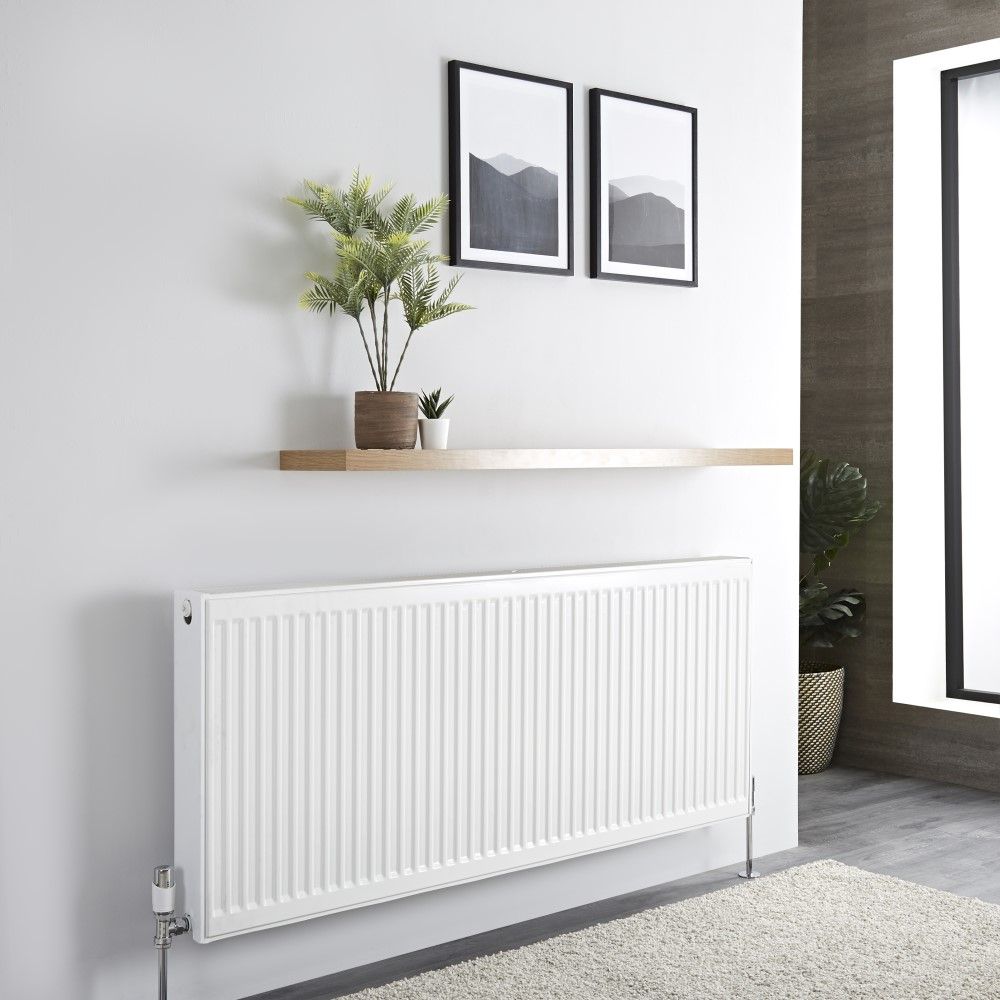
The most common type is the panel radiator, which appears in many homes today. These models have been designed to maximize convection current, meaning that they can heat up quickly and evenly distribute the generated heat throughout the room. For added convenience, some panel radiators come with built-in radiator valves that allow you to easily adjust their temperature setting according to your personal preference.
Column radiators are another popular option for those looking for an efficient way to warm their home’s interior spaces. Columns consist of vertical tubes stacked on top of each other and connected horizontally at certain points along their length; this design allows them to transfer more heat than traditional flat panel radiators while taking up less wall space.
2. Dual Fuel Radiators
Dual Fuel Radiators provide two sources of heat – usually one electrical and one water-based source – to ensure optimal warmth throughout the year. These multi-source systems offer numerous advantages:
- Cost Savings – By using multiple methods of heating, you can save money by only using each type when required.
- Environmentally Friendly – Using two sources of energy helps reduce your carbon footprint as less electricity or gas needs to be consumed at any given time.
- Flexibility – With dual fuel systems, you can adjust temperature levels easily depending on the season and individual preferences within the household.

Dual fuel radiators will require installation from an experienced electrician due to their electronic components, but once installed they are virtually maintenance free and last many years with minimal upkeep needed over time.
The combination of these features make dual fuel radiators suitable solutions for both residential dwellings and commercial spaces alike who require efficient heating during colder months without having to rely solely on conventional central heating systems.
3. Electric Radiators
Moving on from dual fuel radiators, let’s take a look at electric radiators. As the name suggests, these types of radiators are powered entirely by electricity and don’t require any additional fuels to operate. Electric radiators come in both traditional designs as well as modern styles that can fit into almost any living space.
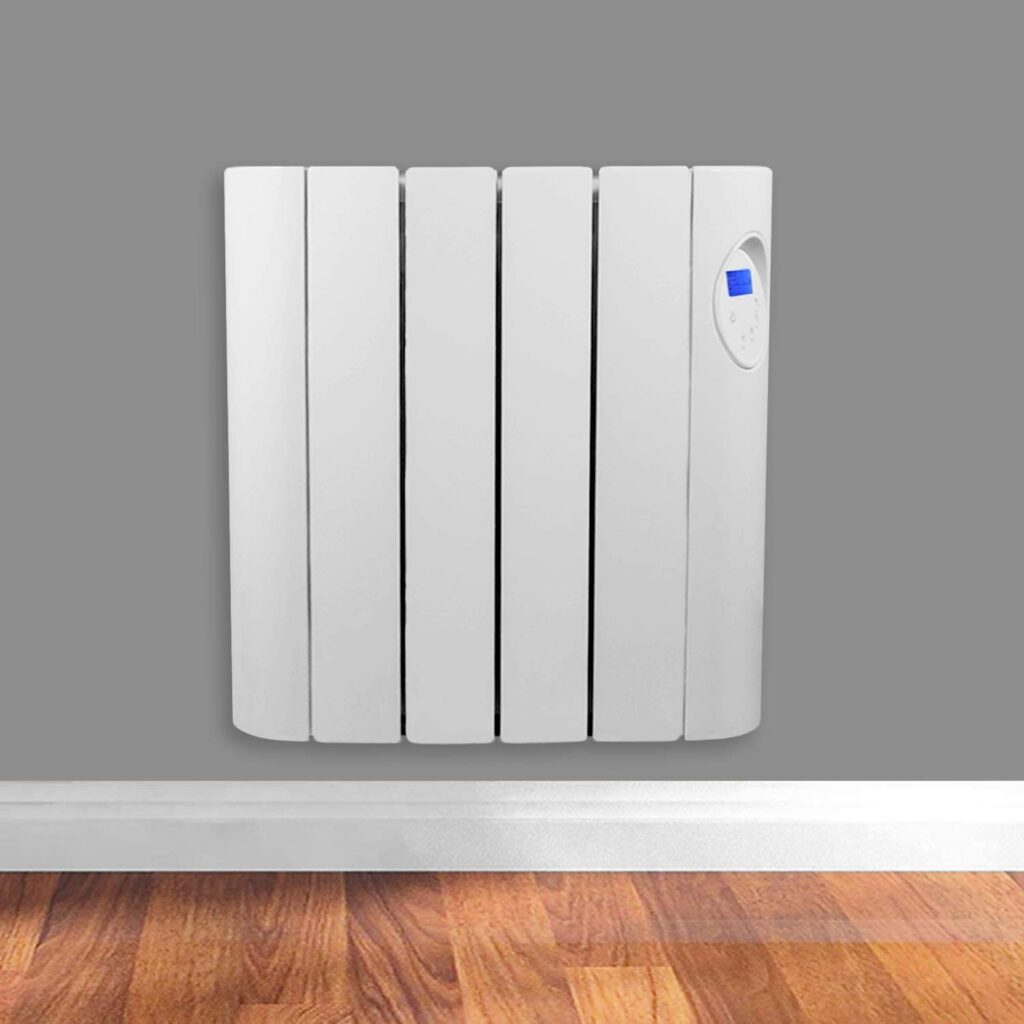
Electric radiators work through convection heating which is when heat rises up off the surface of the radiator and circulates throughout the room. This creates warmth that fills a space evenly and effectively, providing optimal comfort while using minimal energy. They are also great for those who want more control over their home temperature since they usually have adjustable thermostats or timers so you can pre-set your desired heating levels ahead of time.
Another benefit of electric radiators is their low maintenance needs; all they need is an occasional dusting (once switched off and cool of course)! So if you’re looking for a reliable way to keep your home warm without having to worry about servicing or refilling your system, then electric radiators might be just what you need. With their simple installation process and cost effective running costs, it’s no wonder why these systems are becoming increasingly popular amongst homeowners today.
Types Of Radiators
Radiators come in a variety of materials, designs, shapes and sizes, which makes them an ideal choice for many heating needs. There are several factors to consider when selecting the right radiator for your space. These include efficiency, size, style, and cost.
Some of the most common radiator types are:
- Panel Radiators
- Column Radiators
- Towel Radiators
- Convector Radiators
- Designer Radiators
- Electric Radiators
- Cast Iron Radiators
- Oil Filled Radiators
The most common type of radiator is the convector radiator. This has been around since Victorian times and works by circulating hot water through tubes or fins from a boiler system. Convector radiators are usually made from steel but can also be found in aluminium or cast iron variations. They offer great heat output and good energy efficiency.
Another popular option is the panel radiator. Panel radiators have a flat front surface with a series of parallel pipes behind it that circulate heated water or oil. The flat surface helps radiate more evenly across the room compared to convector types, making them well-suited for larger spaces such as living rooms and hallways. Panel radiators tend to be slightly less efficient than convectors but they’re still reasonably priced options that don’t take up too much wall space.

Finally, towel rails provide both design appeal and practicality to bathrooms and utility rooms alike. Towel rail radiators work similarly to panel models; however they feature multiple horizontal bars so you can hang towels on them while they warm up the room simultaneously! They are available in various designs including chrome plated traditional styles, stainless steel contemporary versions and even electric powered varieties if you prefer not to use your existing central heating system at all times.
Whether you’re looking for enhanced functionality, improved aesthetics or increased efficiency – understanding different types of radiators will help ensure your selection meets all your requirements perfectly!
Horizontal Radiators
Horizontal radiators, also known as panel or flat radiators, are a popular choice for many homes today. These models offer an excellent combination of efficient heat transfer and modern design that can dramatically improve the aesthetic of any room in your home.
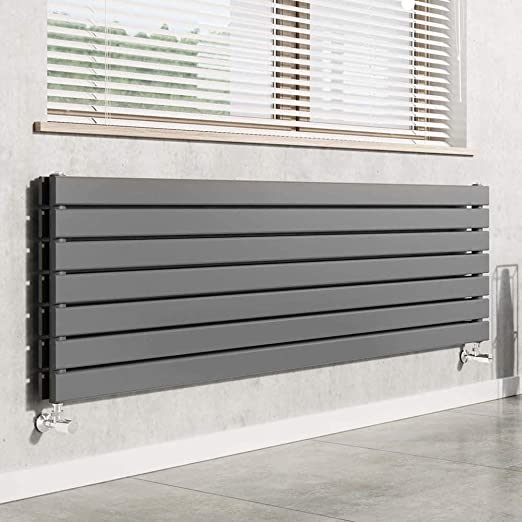
The main advantage to using horizontal radiators is their slim profile which easily fits into tight spaces where other types of radiator such as a traditional cast iron radiator just won’t fit – making them ideal for small apartments or rooms with limited wall space.
These radiators come in a variety of styles and finishes to match any décor, but due to their thin construction and low capacity, they may not be suitable for larger rooms that require more powerful heating solutions. They are typically more expensive than traditional vertical designs, however their sleek look will add value to your property overall if you plan on selling it in future.
In short, horizontal radiators provide a stylish option when fitting out a smaller living area; providing quick heating while taking up minimal wall-space. Furthermore, they make great additions to any existing décor thanks to their modern aesthetics and various finish options available.
Vertical Radiators
Vertical radiators are a great choice for many homeowners looking to make the most of their space. Often installed in hallways and living rooms, they come in various designs and sizes that can fit into any room’s aesthetic design. Vertical radiator designs tend to be tall and slim with either panels or tubes running vertically up the wall. Installation is relatively easy; however, it’s important to note that vertical radiators will require an additional support bracket if being fitted on plasterboard walls.
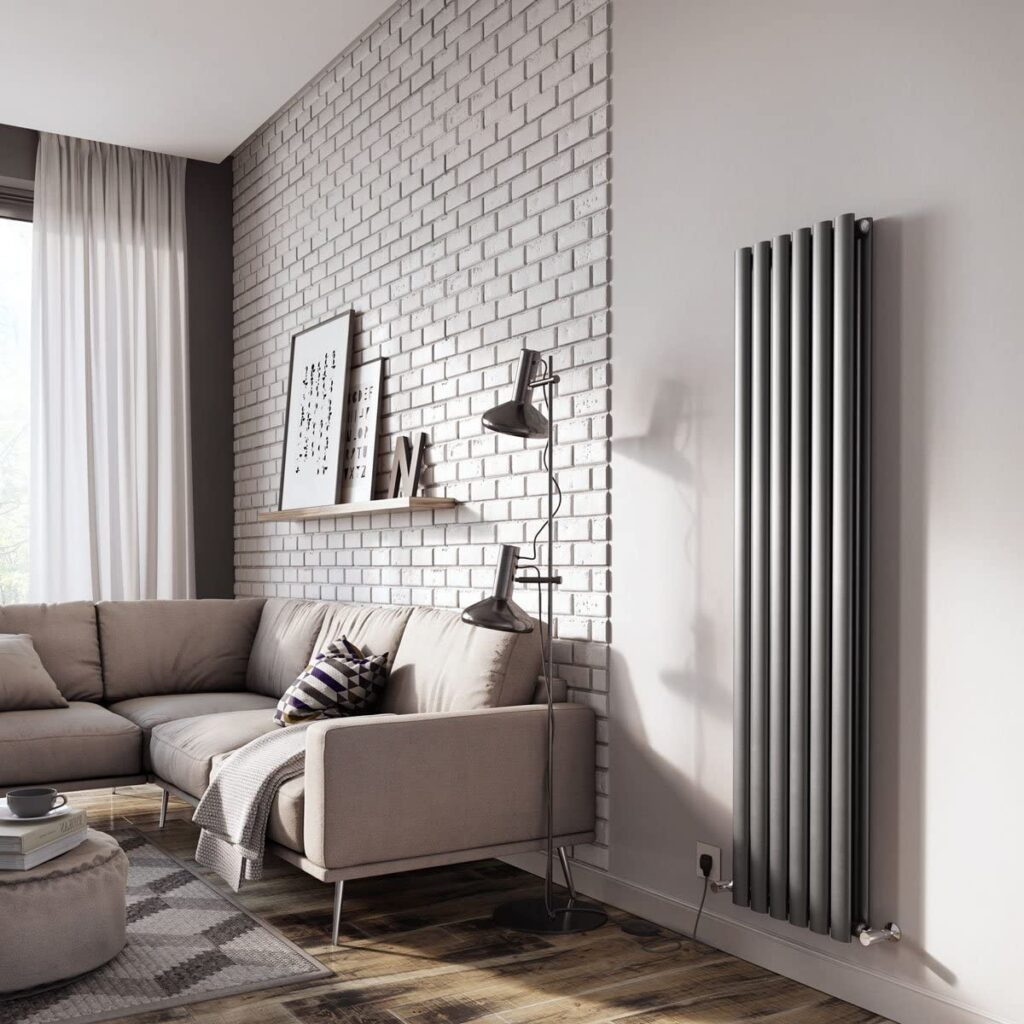
The size of your vertical radiator depends on factors such as the heat output you need from it, as well as the height of your ceiling and type of flooring. It’s also worth considering how much space you have available for installation as this could influence which radiator would best suit your needs. If there isn’t much space then a designer model could be suitable since these tend to look more compact than traditional models due to their sleek lines and subtle curves.
When shopping for vertical radiators, remember to check its material quality, style, colour options, BTU rating (British Thermal Unit – measures energy) and price range before making a purchase decision. Additionally, consider whether you’ll need extra accessories like valves or brackets when installing your new radiator. With all these things taken into account you should find something perfect for your home with minimal effort!
Traditional Radiators
Moving on from vertical radiators, traditional radiators are a classic and popular choice. Traditional radiators typically come in two varieties: cast iron or column radiator. Cast iron radiators have been around since Victorian times and provide an attractive old-fashioned look. They usually consist of several individual sections that can be joined together to create the desired size. Column radiators also ooze vintage charm and are often found in period properties. These tall, slim units contain many small columns which give off gentle heat efficiently throughout any room.
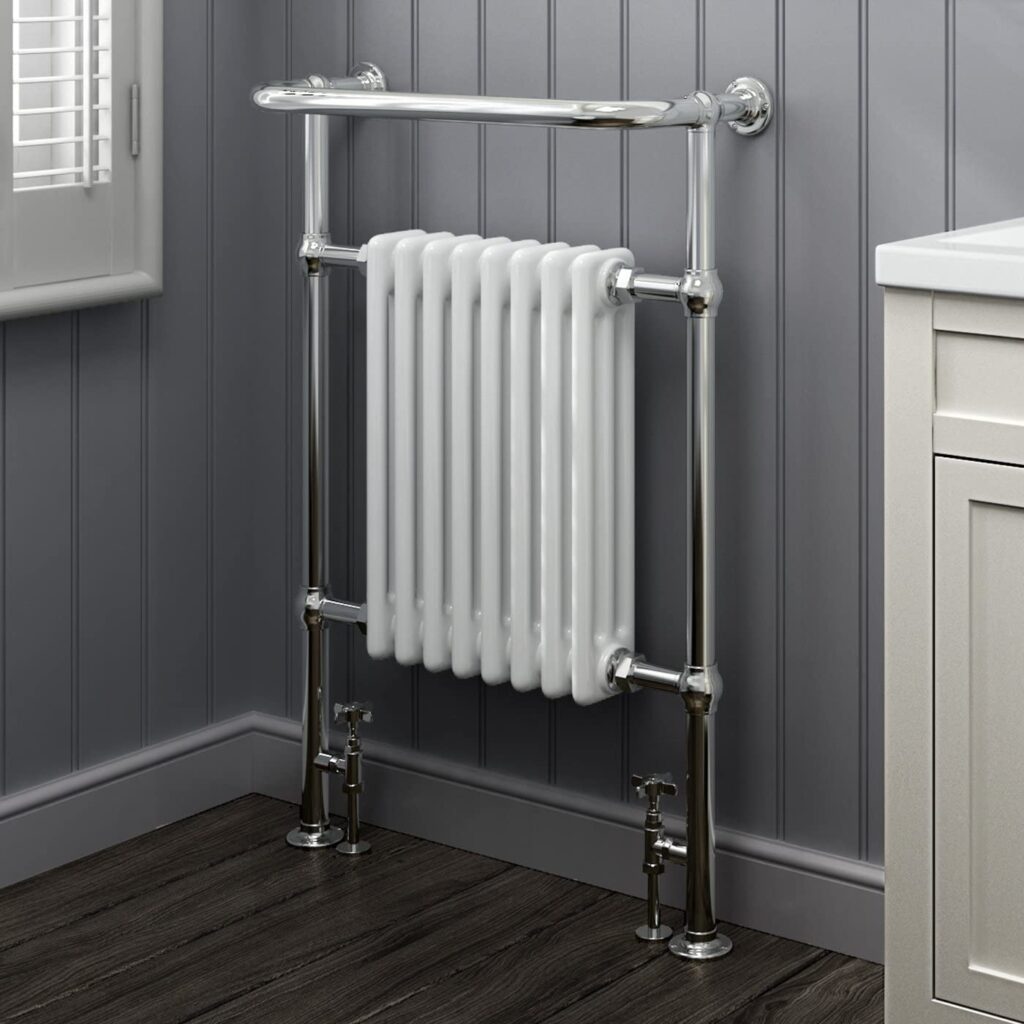
When it comes to installation, both types of traditional radiator require pipework fittings as well as some space behind them for circulation. With their bulky design and heavy weight, these models will need more than one person to fit them into place securely. Furthermore, careful consideration must be taken when deciding where to position the unit within a property – too close to a window could lead to condensation problems down the line.
Overall, traditional radiators make up a great option if you’re looking for unique style with dependable warmth; just ensure they’re correctly installed by an experienced professional!
Column Radiators
Column radiators are one of the most popular types of radiator in homes across Europe, with over 7 million sold each year. They offer an elegant and efficient way to heat interiors without compromising on style or room design. These cylindrical-shaped radiators come in a range of sizes and designs, from slimline column models that take up very little wall space to more traditional larger designs.

The central heating systems for column radiators work by pumping hot water through rows of thin tubes inside the radiator. Heat is then released outwards into the home as the warm air circulates around them. This type of system offers great efficiency, allowing you to set different temperatures for individual rooms and providing consistent levels of warmth throughout your home.
Given their shape, column radiators often fit seamlessly into any existing décor or interior design; they also have excellent heat retention capabilities due to their high surface area. With careful selection and positioning, these units can provide reliable performance all year round while maintaining a stylish aesthetic in any room.
Designer Radiators
Moving on from column radiators, designer radiators offer more than just a practical solution to heating. These modern radiators can be used as decorative pieces of art in your home too.
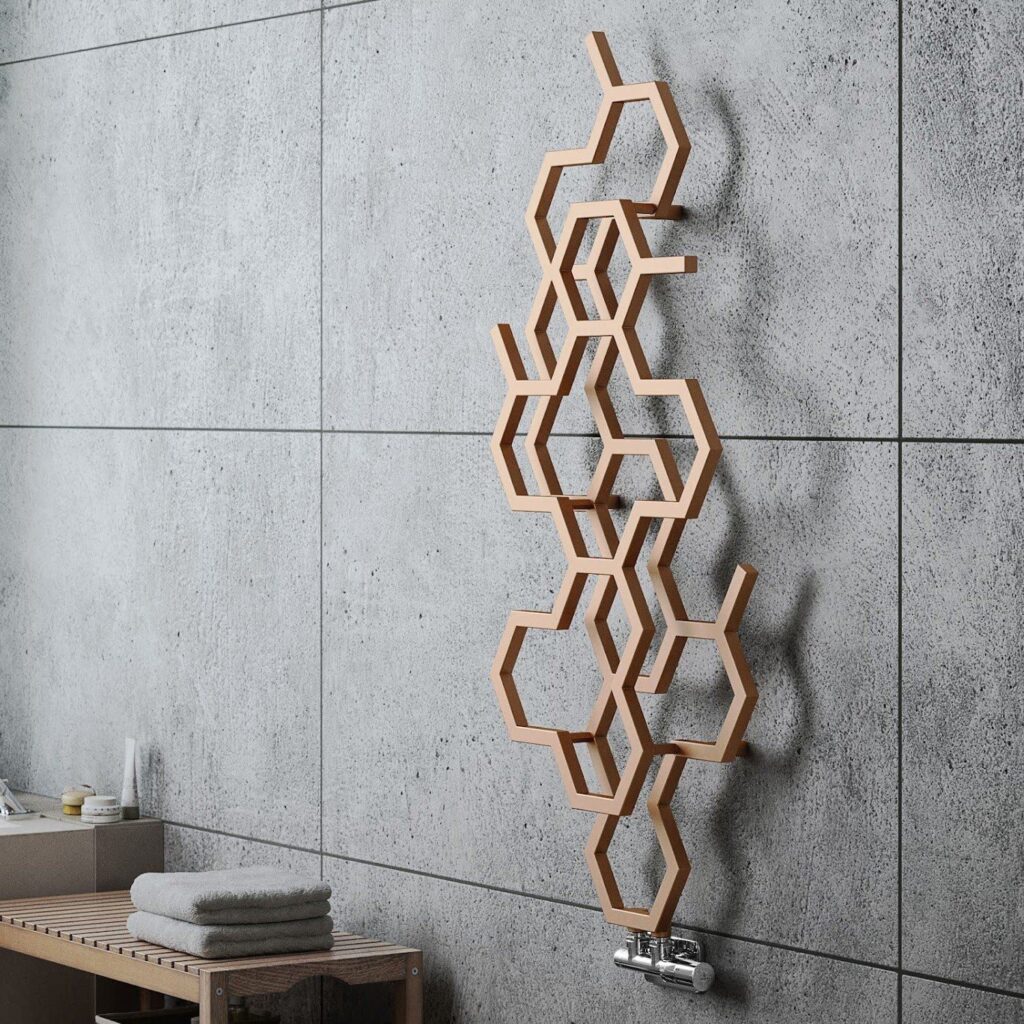
Designer radiators are available in various shapes and sizes making them suitable for any room size or shape. From slimline vertical models to horizontal designs with interesting patterns, there is something to suit everyone’s needs and style. You can make a bold statement by choosing a brightly coloured radiator, or by opting for subtle tones you can blend it into the background easily.
The best part about these contemporary radiators is that they don’t just look good, but also provide efficient warmth throughout every room. Not only this, most designer radiators come with low heat retention rates meaning that they use less energy and ultimately help reduce bills!
As such, designer radiators are an ideal choice if you want to add some style while being functional at the same time. Whether you prefer traditional or modern styles, these decorative radiators guarantee both comfort and sophistication in any space – without compromising efficiency.
Heated Towel Rails
Heated towel rails are an essential component of any bathroom. They provide a warm and comfortable space for drying towels, making them ideal for use in bathrooms with limited wall space or those where central heating is not available. Heated towel rails come in two varieties – electric and traditional radiator models.
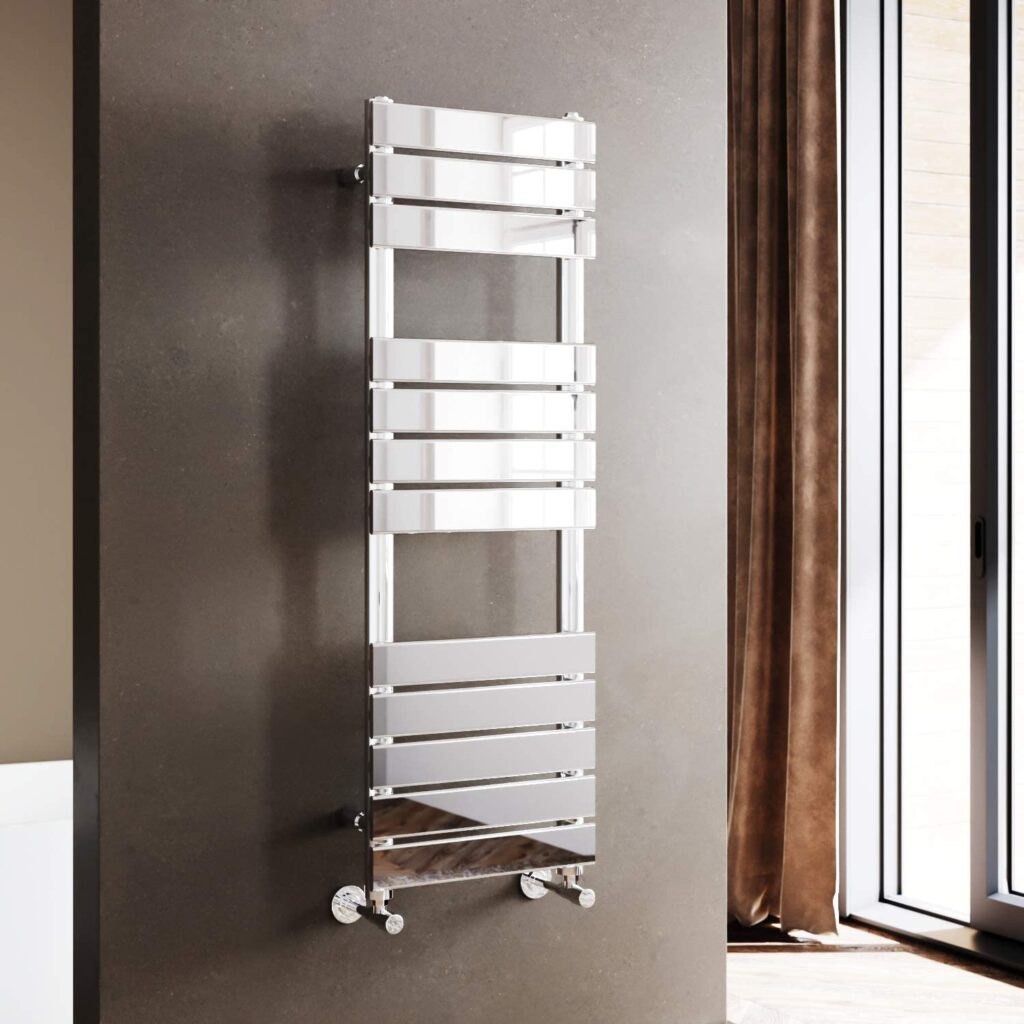
Electric heated towel rails require the installation of power sockets nearby to operate, while traditional radiators can be connected directly to your existing boiler system. Electric models tend to feature modern designs such as chrome or stainless steel finishes, while traditional radiators typically offer more classic styles like white porcelain or black cast iron. Both types are also available in different sizes depending on what kind of bath towel you need to dry or if you have multiple people sharing the same bathroom.
Towel radiators offer a great way to add luxury into your bathroom without taking up too much floor space. Not only do they look stylish but they’re incredibly practical too – providing warmth and comfort all year round! With so many options available, it’s easy to find one that suits your individual needs and budget.
Benefits Of Different Types Of Radiator
Now that we’ve discussed heated towel rails, let’s look at the benefits of different types of radiators. As a homeowner or commercial property manager, you want to invest in an efficient and reliable heating system that offers energy savings and maximum heat output. Radiators come in various styles and configurations, but they all offer unique advantages for your space.
The most common type of radiator is the panel radiator. These are available in models with several sizes to choose from. They’re cost effective, easy to install and maintain, and have excellent thermal efficiency thanks to their large surface area which maximizes heat output while minimizing energy consumption. Plus, many modern panel radiators feature stylish designs that will blend seamlessly into any décor style.
Another great option is vertical column radiators which come in either single or double tube models. Double tube columns provide even greater heat output due to their increased surface area for more efficient convection warming. Both vertical column models also feature finned surfaces on both sides of the tubes which further increases the radiated heat emitted by the unit. And because they can be mounted high on walls near ceilings, you’ll get plenty of headroom clearance below them – perfect for larger spaces like lobbies or hallways!
No matter what type of radiator you select, it should always provide optimal performance while keeping your utility bills low too! All types boast impressive levels of efficiency when installed correctly, so make sure you consult a professional installer before making your purchase decision if necessary. That way, you can enjoy years of warm comfort without breaking the bank.
Conclusion
In conclusion, radiators are an essential part of any home. They offer a range of benefits from providing warmth and comfort to making the space look more stylish with designer models. With so many options available, it’s important for homeowners to know what type is best suited for their needs.
Interesting fact: did you know that over 90% of homes in the UK use central heating radiator systems? This statistic speaks volumes about how efficient this system can be when properly installed and maintained.
So if you’re looking to install or replace your existing radiators, make sure you do your research first! Determine which type suits your lifestyle and budget then get professional help to have them fitted correctly – it’s worth every penny! I hope this article has helped you better understand the different types of radiators out there and feel confident in selecting one that works best for you.

